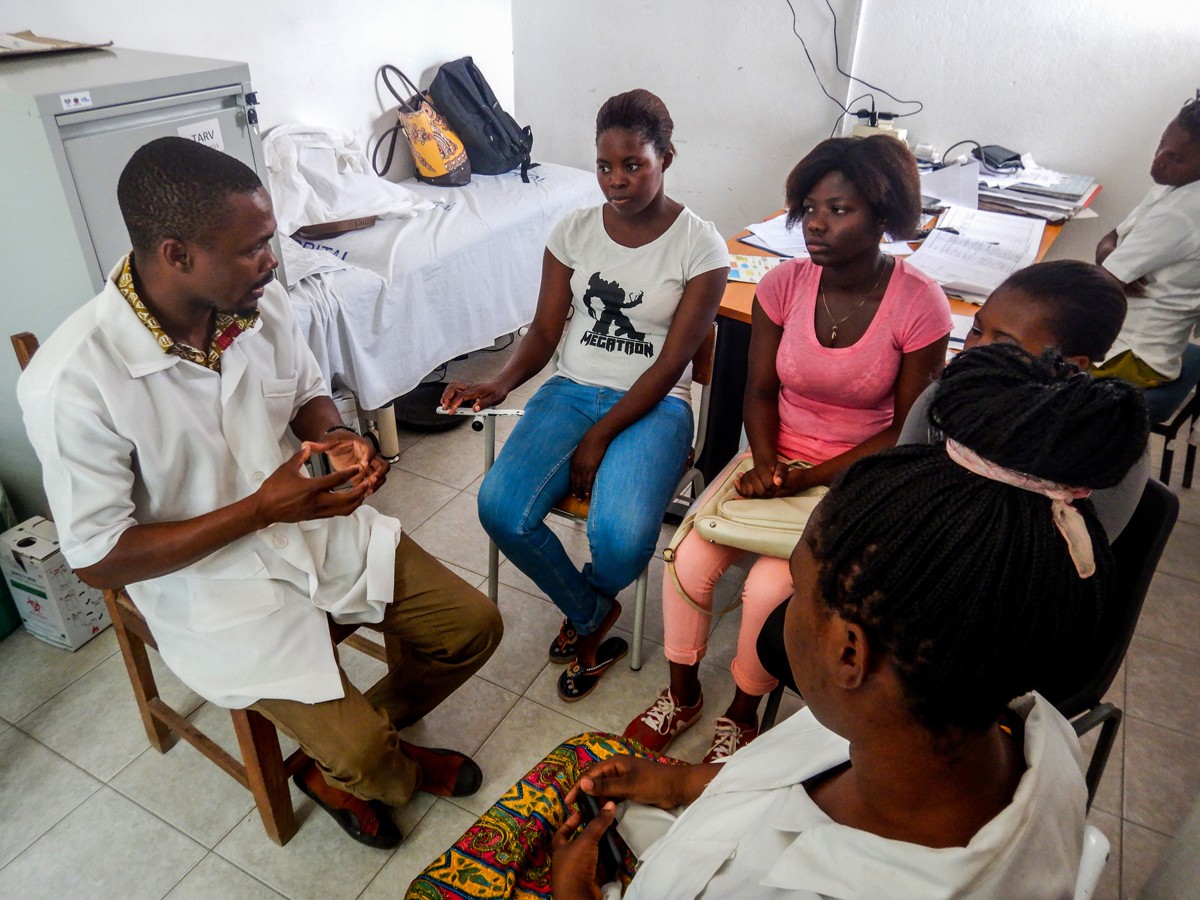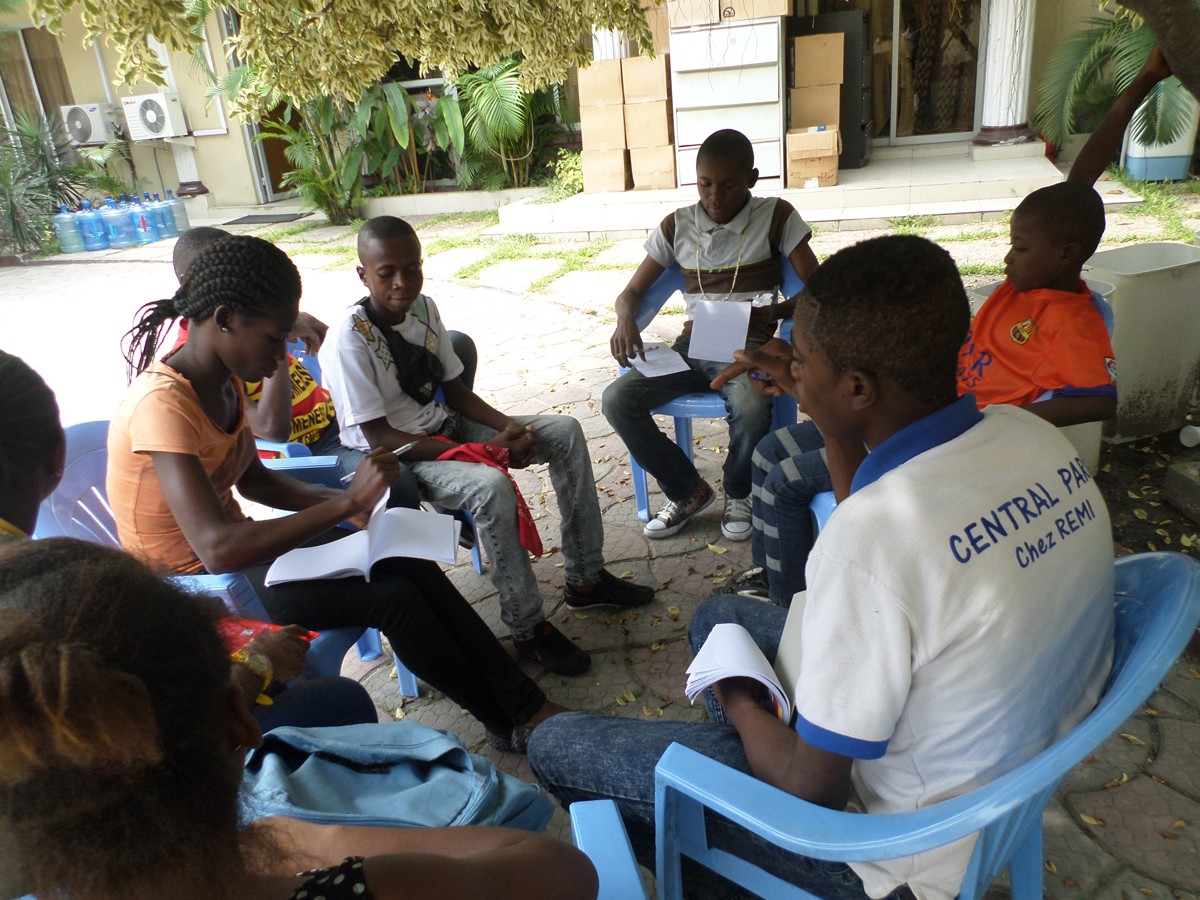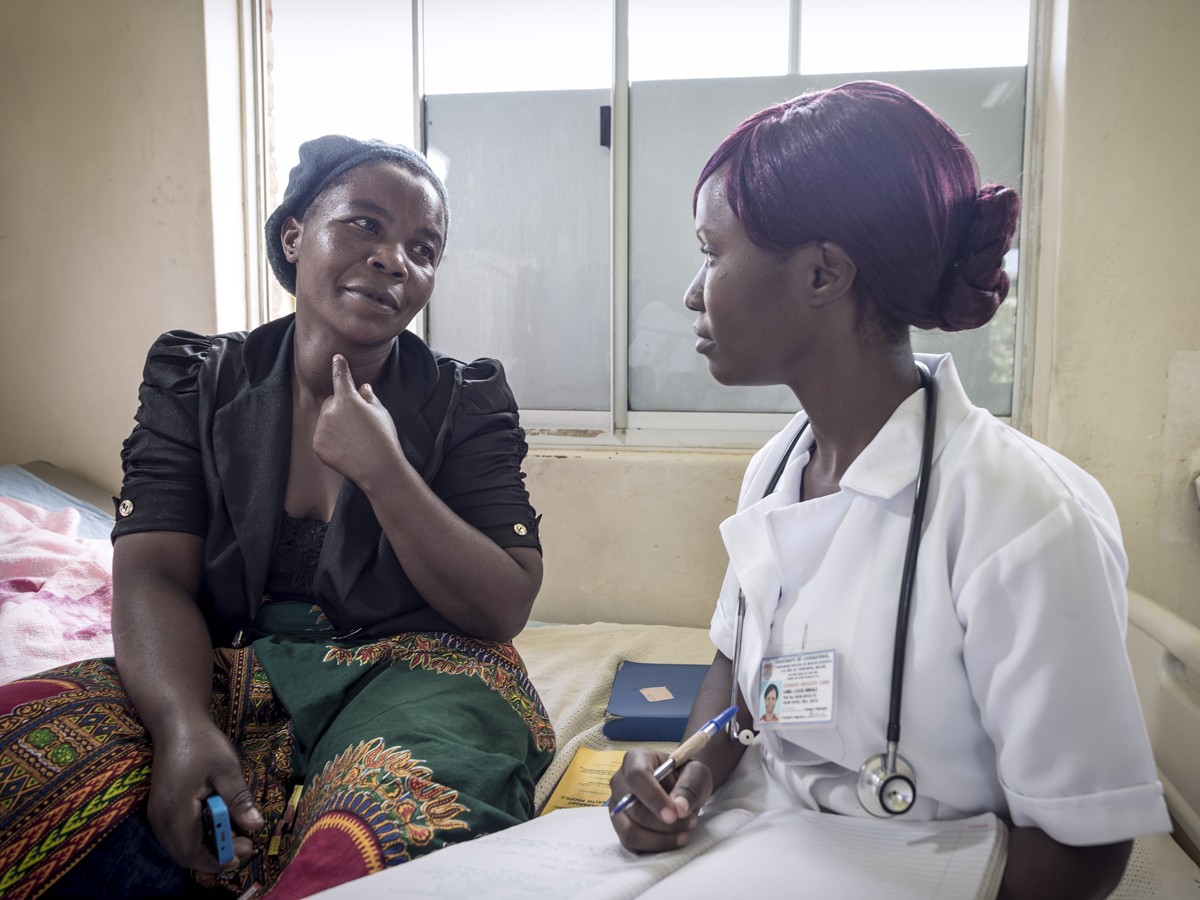Authors:
Musuka G, Moyo E, Tungwarara N, Mhango M, Pierre G, Saramba E, Iradukunda PG, Dzinamarira T.
Abstract:
Objectives
In recent years, mpox, a zoonotic disease caused by the mpox virus, has transcended its primary association with Central and West Africa, emerging as a global public health concern. The virus poses a substantial threat, particularly, to vulnerable demographics such as young children and individuals with compromised immune systems. This critical literature review aimed to comprehensively evaluate the burden, risk factors, and current management strategies associated with mpox in Africa.
Methods
This critical literature review was guided by Jesson & Laccy’s guidelines on conducting critical literature reviews. We searched PubMed and Google Scholar databases and websites of the World Health Organization and health ministries in different African countries. We included articles written in English and published between 2010 and 2023. The synthesis of findings involved several steps, including summarizing themes, integrating themes, and linking themes to research questions.
Results
A total of 25 articles were included in this review. The review revealed that mpox cases are concentrated in Central African countries. The risk factors for mpox identified include being in contact with bushmeat or rodents, not having been vaccinated against smallpox, being HIV-positive, and having close physical contact with someone with the disease. The clinical presentation of mpox revealed in this review includes a skin rash, fever, lymphadenopathy, headache, pruritus, sore throat, and body aches. Four themes arose on strategies to prevent and control mpox in Africa.
Conclusions
The prevention and control of mpox in Africa require an improvement in community education, vaccination, disease surveillance, and infection control measures.








